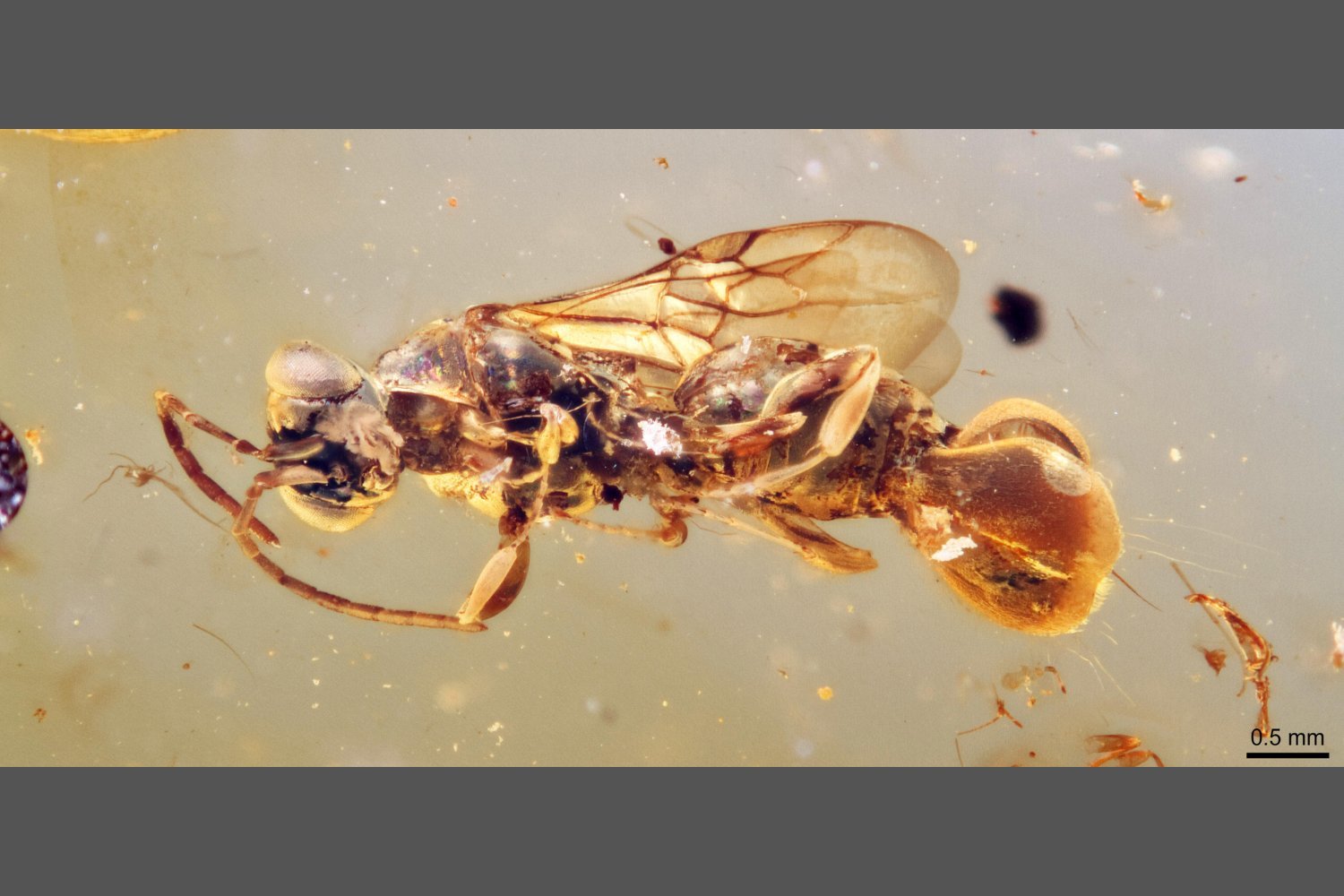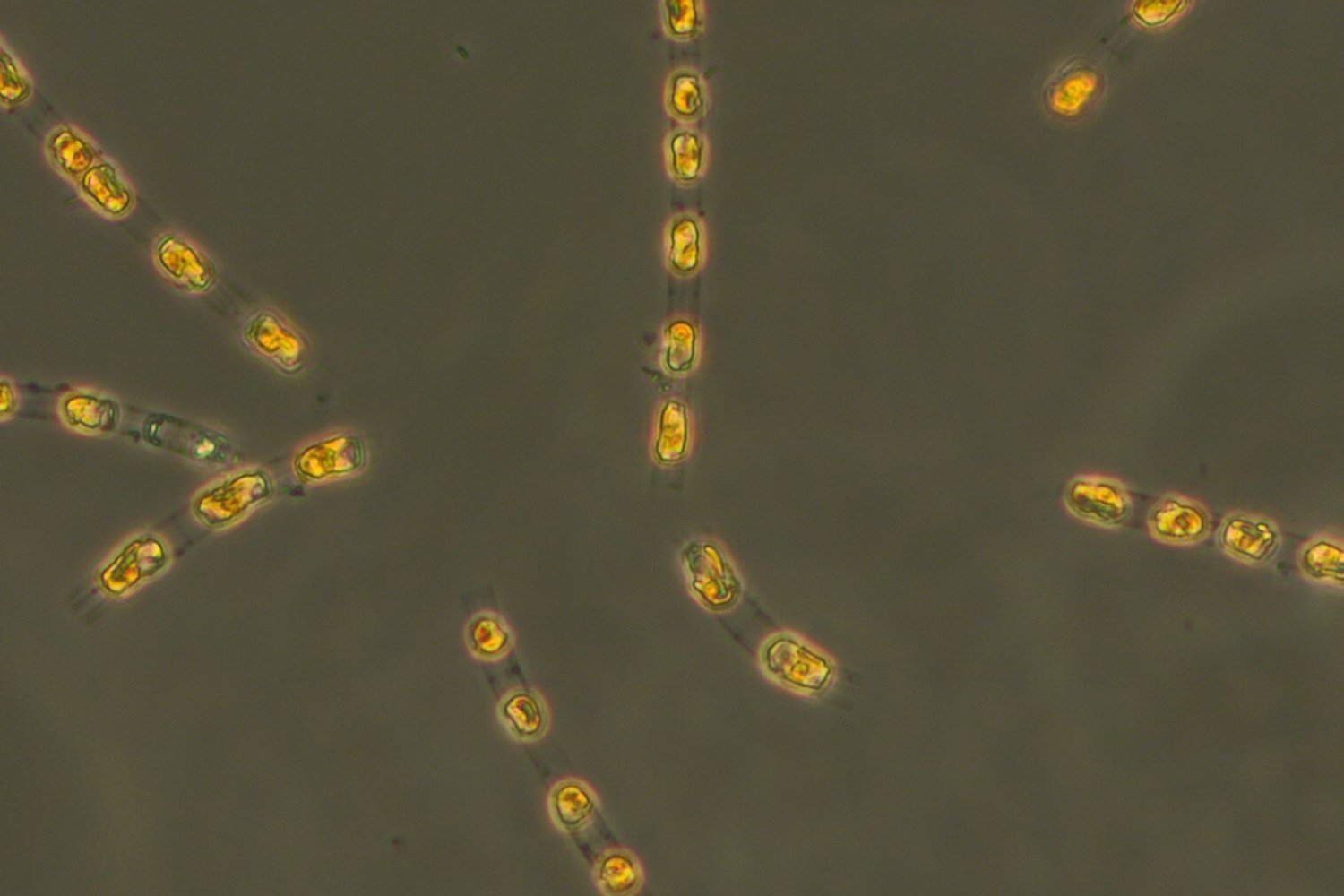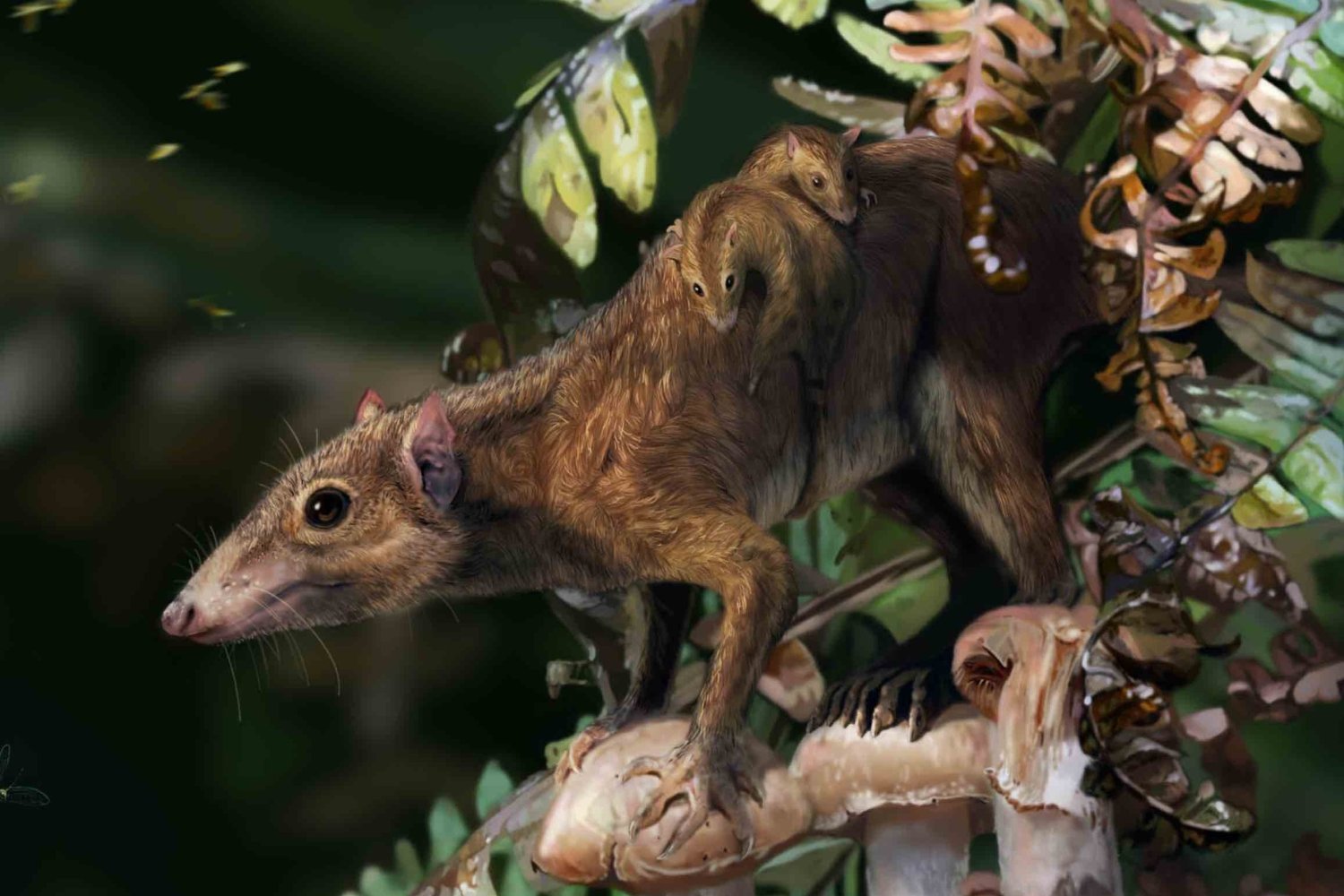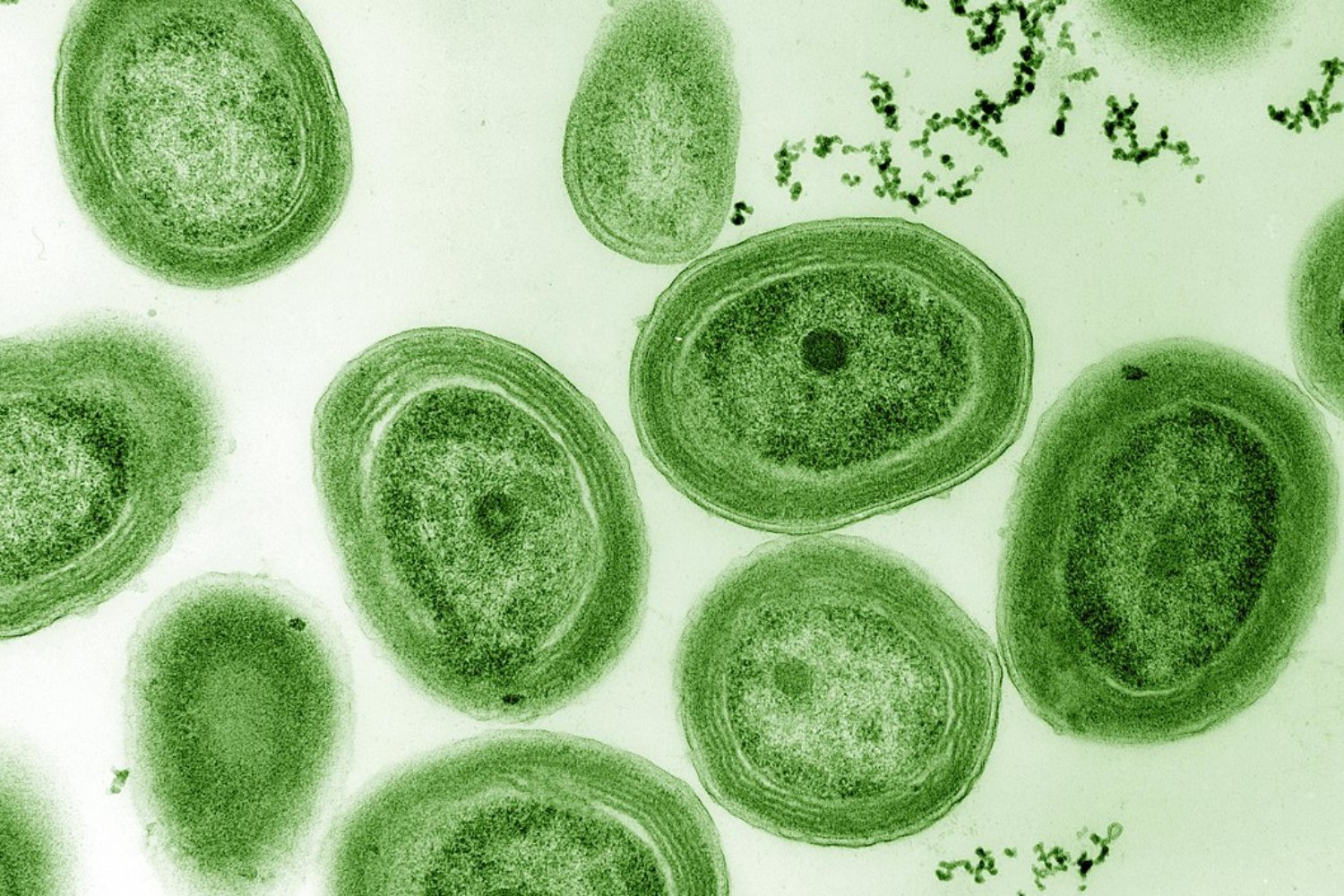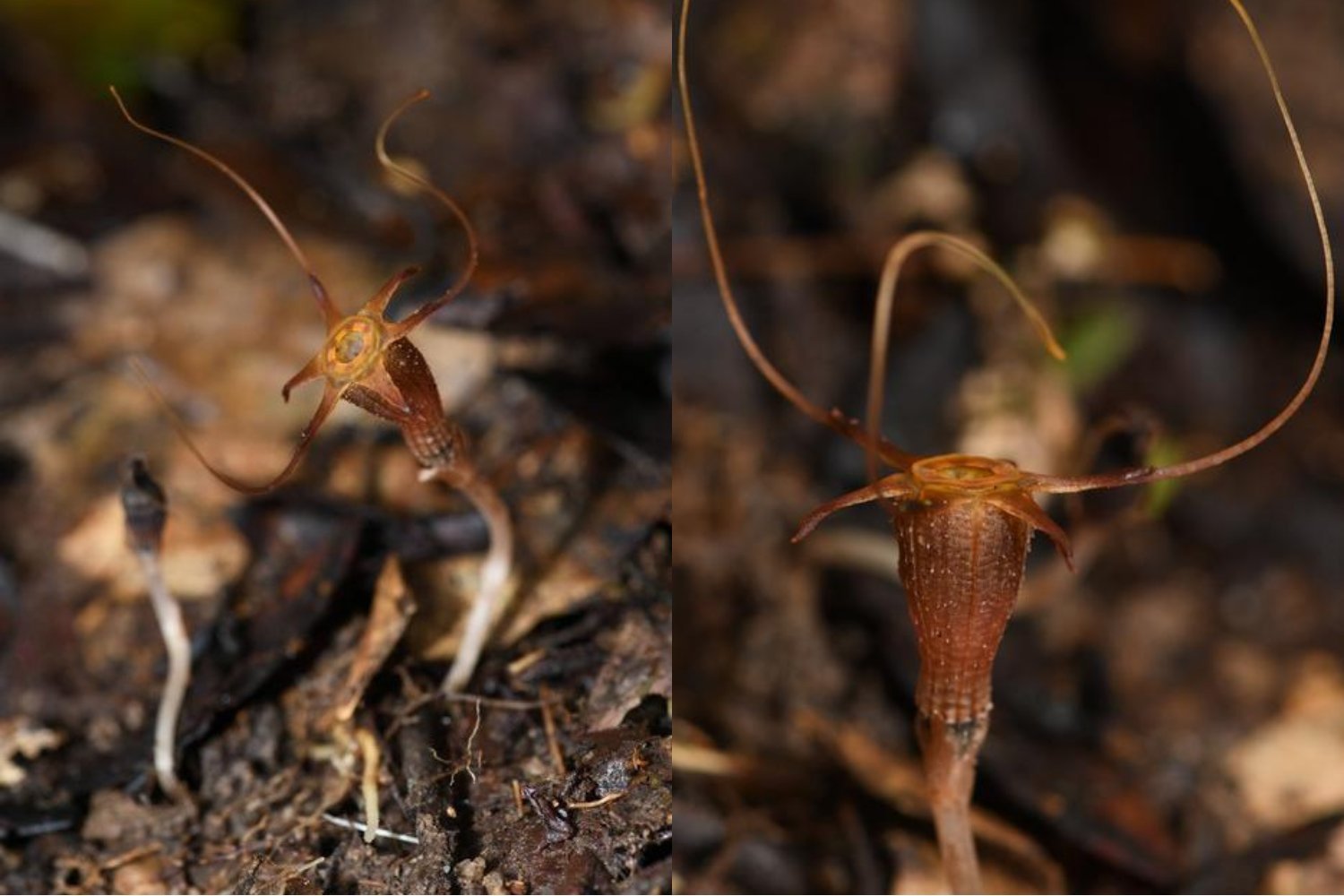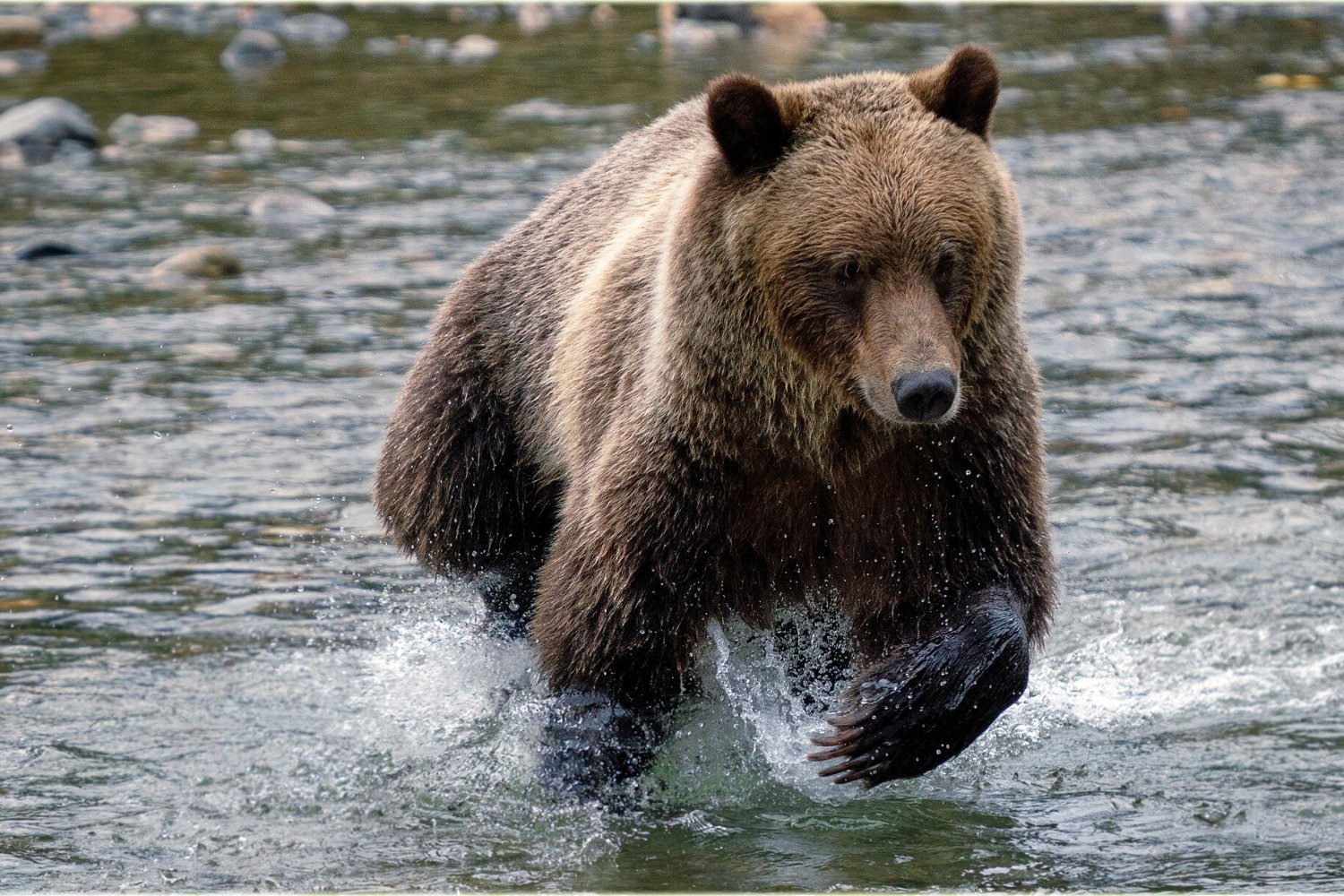A remarkable discovery has unveiled a new species of parasitic wasp, preserved in amber for nearly 100 million years, possessing a unique Venus flytrap-like abdomen. This ancient insect, named Sirenobethylus charybdis after the mythical sea monster, offers a glimpse into the diverse and sometimes bizarre adaptations of prehistoric life. The research, published in BMC Biology, highlights a previously unknown lineage of insects and their fascinating predatory strategies.
This newfound wasp, encased in amber originating from northern Myanmar, presents an abdominal structure unlike anything seen in modern insects. The researchers, using X-ray imaging to create a 3D reconstruction, classified S. charybdis within the Chrysidoidea superfamily, a group known for its parasitoid lifestyle. Parasitoids are parasites that develop inside or on a host organism, ultimately leading to the host’s demise.
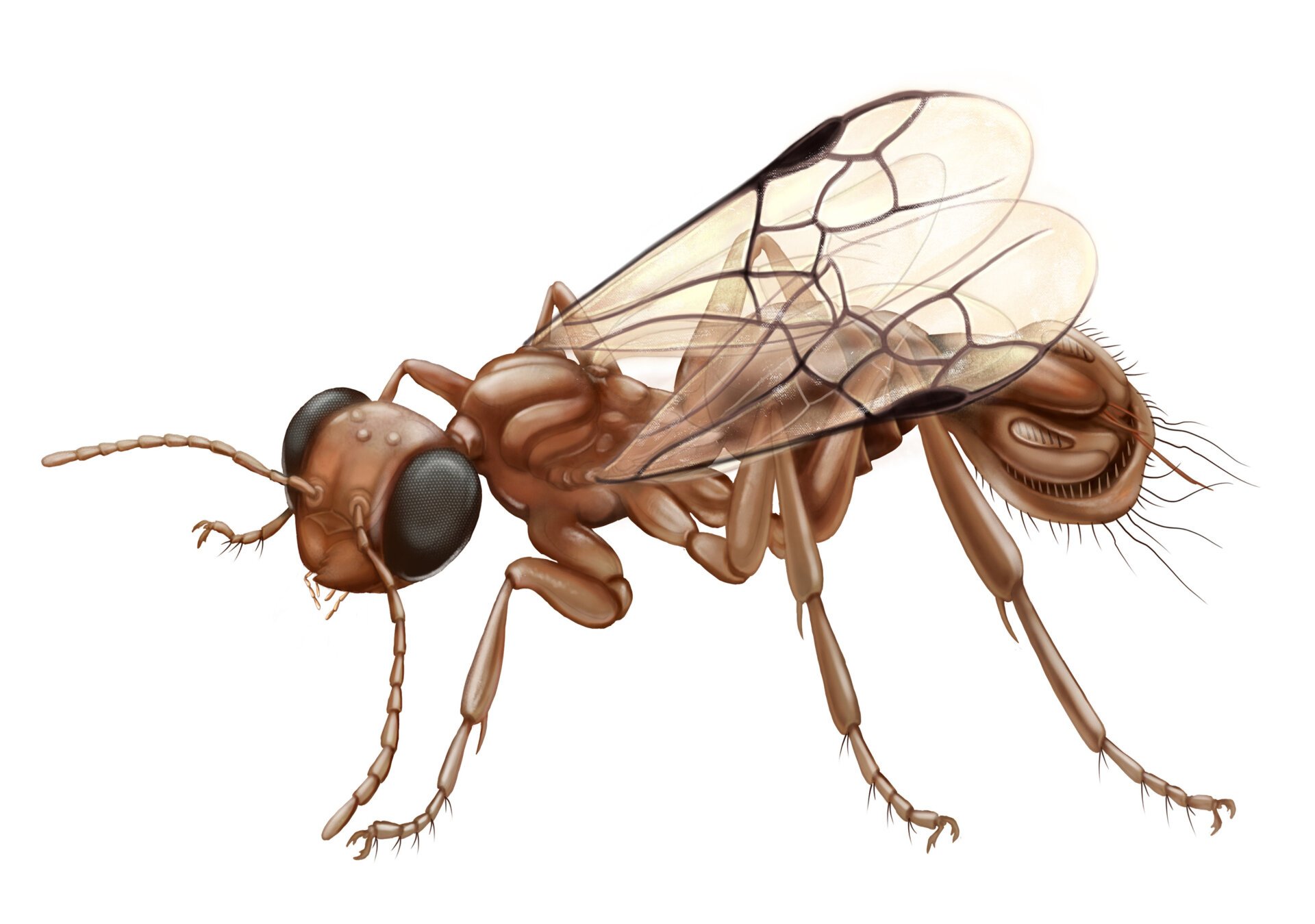 Image Three
Image Three
While S. charybdis shares some characteristics with modern parasitoids, its lower abdomen is truly exceptional. Composed of three horizontal flaps and hair-like bristles, it bears a striking resemblance to the Venus flytrap (Dionaea muscipula). This unusual adaptation suggests a grasping function, potentially used to capture and restrain prey.
The researchers speculate that this abdominal apparatus was employed by female wasps to secure their hosts, likely smaller insects, before depositing their eggs. Similar to the Venus flytrap, S. charybdis may have lain in wait with its abdomen open, the flaps snapping shut upon contact with a potential host. This hunting strategy, unknown in any extant insect, showcases the evolutionary diversity of parasitoid wasps during the mid-Cretaceous period.
This discovery challenges our understanding of parasitoid behavior and underscores the vast array of evolutionary adaptations that have arisen and disappeared throughout history. While the name S. charybdis evokes images of a fearsome sea monster, this tiny wasp demonstrates the intricate and often surprising ways in which ancient life forms interacted with their environment.
The researchers conclude that the Chrysidoidea superfamily exhibited a wider range of parasitoid strategies during the mid-Cretaceous than observed today. This finding provides valuable insights into the evolutionary history of parasitoid wasps and highlights the importance of studying fossilized remains to reconstruct past ecosystems.
In closing, the discovery of S. charybdis not only reveals a new species but also expands our knowledge of the incredible biodiversity that existed millions of years ago. This ancient wasp, with its remarkable Venus flytrap-like abdomen, serves as a testament to the ingenuity and adaptability of life on Earth.



